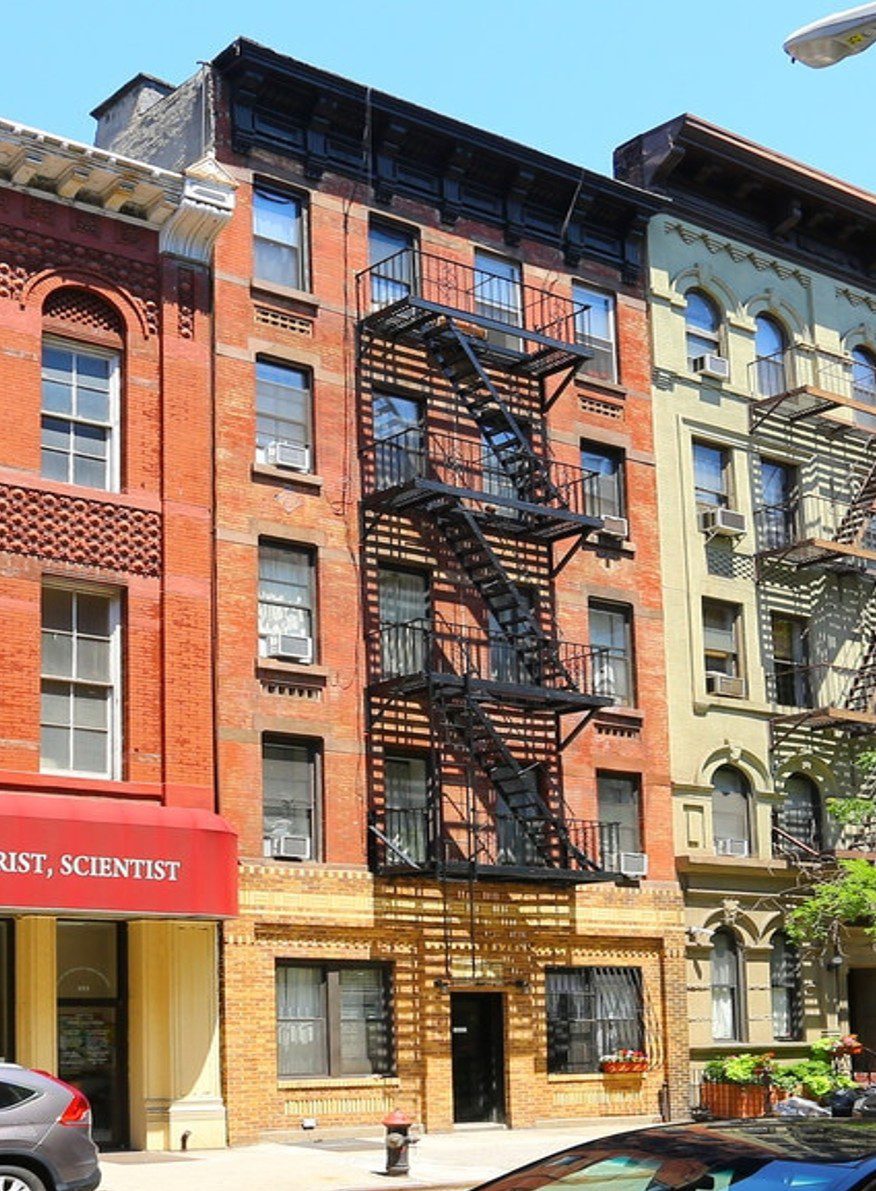A segment of the Multifamily in the USA
We're going to talk today about one of the segments that are most representative of the real estate market in the u.s., and the portfolio of the RBR: the multifamily.
A property multifamily is an active residential geared to income, which caters to different categories such as tenant. In general, there are apartment buildings with a single owner, only 3% of the properties in the multifamily US to belong to the REITs and the rest of it is sprayed on the private market.
The REITs in the multifamily, totaling an estimated $100 billion worth of market value, which together account for about 10-15% of the REITs as a whole. Historically, we have one of the best-adjusted returns for the level of risk (as measured by the Sharpe index) of all the classes of REITs. For the most part, considered to be investments in a low-risk, since the vacancy rate is low, the supply is limited, and there is a growth of the rent from time to time.
More recently, the resilience of this industry has become even more clear, since it is not exposed to the risks of disruptive. All of the people in need of housing, regardless of the scenario events and states. Movements such as the ‘work from home’ has brought challenges for the corporate segment of the market, e - commerce, the following challenges to the adaptation of one of the segments of the retail and commercial centres, and in the pandemic, as well as the businesses as Airbnb, end up strengthening the weaknesses of the segment of a hotel.
Among the factors that have a positive impact on the segment of the multifamily is in the growth of the population, and the creation of new jobs. In the past few decades, cities like new york and san Francisco have been the most resilient in the industry, thanks to the strong attraction of the students, and young professionals looking for career opportunities, with a focus on natural on the financial market on the east coast, with a focus on Manhattan and in high-tech, next to Silicon Valley.
Another " hot " trend affecting this market is the rent that is related to the formation of a family. More and more people have chosen to get married and have children later. This factor is boosting the demand for housing in the short to medium term, and the potential to rent rather than buy their own house.
This is a cultural change, with the addition of the expansion economy of north-america, after the economic crisis of 2008, has a decade of strong growth in rental rates and a great year for REITs in the industry. As of march 2009 until the end of 2020, on the REZ, the ETF's index of REITs residential, mostly consisting of multifamily), he was 517,3%, while VNQ, which represents the market for REITs as a whole, the rose 289,1%.
- With the arrival of COVID-19, however, the sector's performance has been below that of the market, and the REZ has fallen 9.8% in 2020, while VNQ had to return a little bit better (-7,95%). This was caused mainly because of a big lack of confidence in the relationship of the few REITs, of the most representative in the table of contents: AvalonBay, Essex, Equity Residential, among others.
What do they all have in common? All work is mainly in the East and West coasts of the United States of america. These areas were most affected by the pandemic, since the market is the realization that there will be an escape from the big cities to places where the cost of living less off-putting, and I am close to large shopping centres will no longer be as important as before.
And this is where it is born out of the opportunity. We believe that this view to be mistaken for the “new normal” brought about a decline exacerbated in the prices of these REITs. Today, most of the REITs in the multifamily of the slope of the US to negotiate a discount on the cost of spare parts and are quoted on a discount to the market for primary school. The RBR is a case in point: have you sold assets, they had held in the city of new york (which is part of its strategy of investment in residential development in the U.S. at the end of last year, the cap rate of 4.5%, compared to the REITs in this space to negotiate the cap rate of 5.0%.






